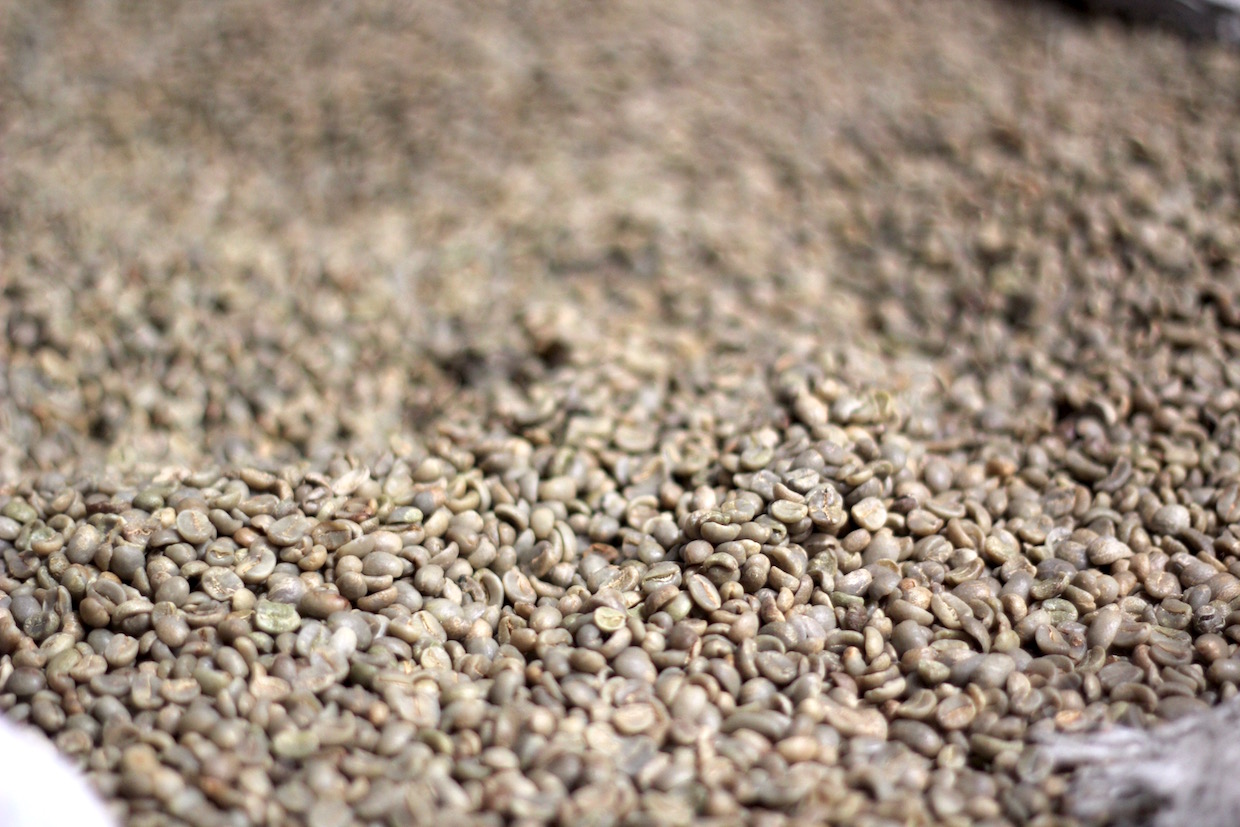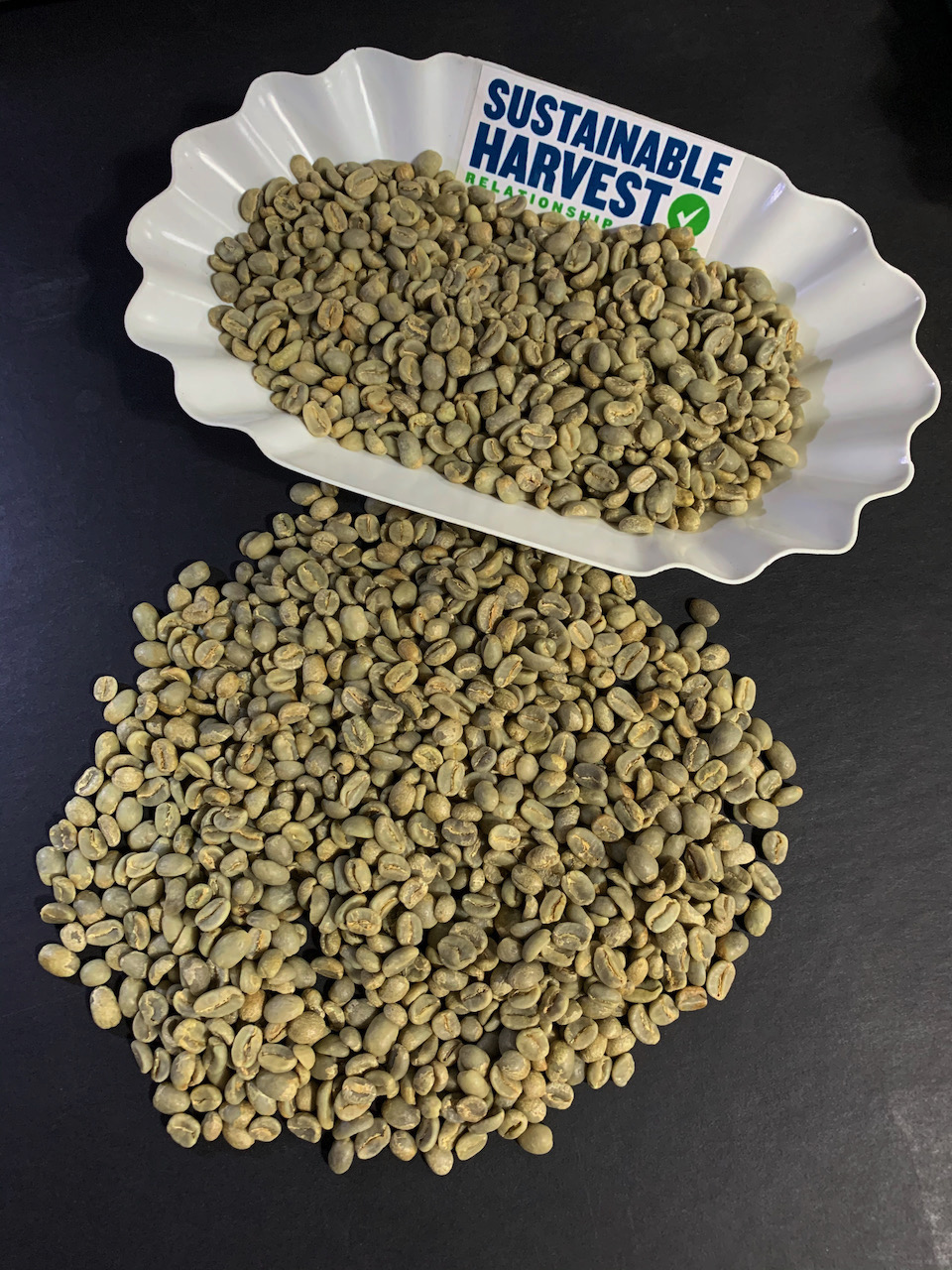
While water activity may not affect cup score at any given moment, it may affect how long coffee maintains its quality. Daily Coffee News photo.
The world of science in the coffee industry has, for the past few years, been experiencing a renaissance involving innovation, technology, research and experimentation.
Most specialty coffee professionals have always been dedicated to a pursuit of excellence in all aspects of coffee — brewing, roasting, growing, processing, etc. — but in recent years, interest in a more scientific, data-driven approach to coffee has truly taken off and become mainstream.
It wasn’t too long ago that you’d be hard pressed to find a coffee shop employing scales or refractometers to measure and improve their brews. These days, the use of such tools is commonplace and considered part of best practices.
Likewise, more and more roasters are using software or smart roasters like the Ikawa Sample Roaster to better record and evaluate their roasts. In today’s golden age of coffee science, nothing goes unmeasured.
Water activity 101
One subject of coffee science that has gained particular attention recently, especially for importers and roasters, has been water activity in green coffee. Although the measure of water activity has long been considered a quality parameter by the Specialty Coffee Association, there has been relatively little research into the subject. Between 2016 and 2020, we at Sustainable Harvest conducted a study to further investigate the relationship between water activity and green coffee.
We explored these questions:
- How does water activity relate to green coffee quality, and why does it matter?
- What quality factors does water activity impact the most?
- Should more or less importance be placed on water activity as a quality control parameter for producers and importers/roasters?
You can read the full study — and the answers to these questions — in our paper published earlier this year. But to get an understanding of the basics, here’s what you need to know:
What is water activity?
In technical terms, water activity is the ratio of the partial vapor pressure of water in a substance relative to the partial vapor pressure of pure water (under standard conditions and at the same temperature).
Here’s a simple way to illustrate vapor pressure: Imagine a sealed container half-filled with pure water. As the water evaporates, water molecules fill the air above the water and pressure builds—this is the partial vapor pressure of pure water.
Water activity is measured on a scale from 0.0 to 1.0, with 1.0 being pure water. Every other substance apart from pure water will have a water activity less than 1.0.
Another way of understanding water activity is to think of it as measuring the chemical availability of water in a substance, i.e, how much water in a substance is unbound and free to take part in chemical reactions. A higher water activity means more water is available to chemically react and vice versa.
Is water activity the same as moisture content?
No! Water activity is not the same as moisture content, although the two measurements are closely related. Moisture content is simply a measurement of the amount of water in a substance relative to its weight (e.g., a substance weighing 5 pounds at 20% moisture content means that there is 1 pound of water weight).
Moisture content measures how much total water is in a substance while water activity measures how much of that water is chemically available to react.
While moisture content and water activity are related, it’s important to note that they are not directly correlated, meaning that a certain moisture content does not indicate any one specific water activity measurement. In general, as moisture content increases or decreases, water activity will increase or decrease accordingly — but this is not always the case. As a rule of thumb, it’s safe to assume a certain range of water activity readings given a certain moisture content (and vice versa).
What is the importance of water activity in green coffee?
During the drying phase of green coffee processing and during storage of green coffee, achieving and maintaining ideal water activity is essential for ensuring that the green coffee remains stable.
What do we mean by “stable”?
As mentioned earlier, a higher water activity means that more water is available to take part in chemical reactions; in the case of green coffee, high water activity means more water is available to facilitate the growth of molds and fungi, some of them toxic. More water available also accelerates the chemical processes that lead to degradation (such as oxidation and staling).
On the other hand, if water activity is too low, then there won’t be enough water available for the green coffee seed to maintain its vital enzymatic reactions (fun fact: a green coffee seed is indeed alive, and you can actually grow a new coffee plant from green coffee under the right conditions). Without enough water available, the seed will die, resulting in “flat” or aged flavors in the coffee when roasted.
Water activity is a thermodynamic parameter, and is affected by variations in temperature and environmental conditions. It’s a measurement of the energy status in a system; in this case, the system is the coffee bean. The higher the water activity, the higher the energy in the bean, which would result in faster physical and sensory deterioration.
A stable water activity—one that is not too high that it facilitates unwanted processes nor too low that it halts seed metabolic activity and which does not fluctuate between high and low— is essential for proper maintenance of green coffee.
What does water activity impact?
Firstly, we found no correlation between water activity and cup score. There were cases where we scored the coffees very high, and found that their water activities were well out of the acceptable range. As far as we know right now, water activity is not a useful predictor of cup score.
Water activity can, however, predict how well a coffee will maintain its quality over time; in other words, water activity has a huge influence on green coffee in storage. Coffee is hygroscopic, meaning it tends to absorb water from its surrounding environment. Coffees with high water activity will tend to absorb even more water than coffees with lower water activity, accelerating degradation and shortening shelf life. This will result in the development of off flavors and defects (such as phenol), loss of sensory qualities like flavor and aroma, and rapid physical deterioration.
A coffee cupping at 88 points at a high water activity could see its cup score drop by multiple points over the course of just a couple of months. If the same coffee had an ideal water activity — and was held under proper storage conditions — it’s very likely that it would preserve its quality for several months longer.
So what is the ideal range of water activity for coffee?
In our study, we found that the optimal water activity range for green coffee was between 0.45aw – 0.55aw. Under proper storage conditions, coffees in this range will maintain quality for at least 6-8 months and likely much longer. In fact, we found that 0.50aw was the most stable point among the coffees we tested, and these coffees held their quality for at least 18 months in storage!
This range of water activity also correlates to a moisture content range of approximately 10.5%-11.5%.
What are the main takeaways for roasters?
First and foremost: make sure you’re storing your coffee correctly! This is the best thing that you can do to ensure that you’re getting the absolute most out of your coffee.
There’s a lot to say about the topic of green coffee storage, but in short: Keep your coffee somewhere cool (between 60-70°F), out of direct sunlight, and dry, aiming for around 50% humidity. Also take care to keep your coffee from experiencing wide swings in temperature or humidity.
If you do happen to find yourself with coffees at less than ideal water activity, these should be the coffees you use first. Since these coffees will lose their quality the fastest, roast through them as quickly as you can so that you can “capture” their optimal value and profile while they’re still cupping well.
Lastly, do keep in mind that it’s normal for water activity to fluctuate over time. So long as it stays within the right range, there should be nothing to worry about.
Yimara Martinez Agudelo
Yimara is the Quality Control Specialist for Sustainable Harvest. Yimara is a Q Grader as well as a Q Processing Expert. Additionally, Yimara is also a CQI certified Q Processing Instructor at both Generalist and Professional levels. Prior to joining the team at Sustainable Harvest’s Portland, OR headquarters, Yimara worked for the Federación Campesina del Cauca (FCC) in Cauca, Colombia as a professional cupper. She is from the small town of Tunia, Colombia, where her family also farms coffee.
Comment
2 Comments
Comments are closed.







Sounds like this confirms the Cafe Imports study that was released in 2019!
For home roasters who buy too much green coffee to roast in 6 months, is freezing in sealed containers harmful to the maintenance of the recommended 0.50 aw?